UAE Road Trip Guide
Introduction
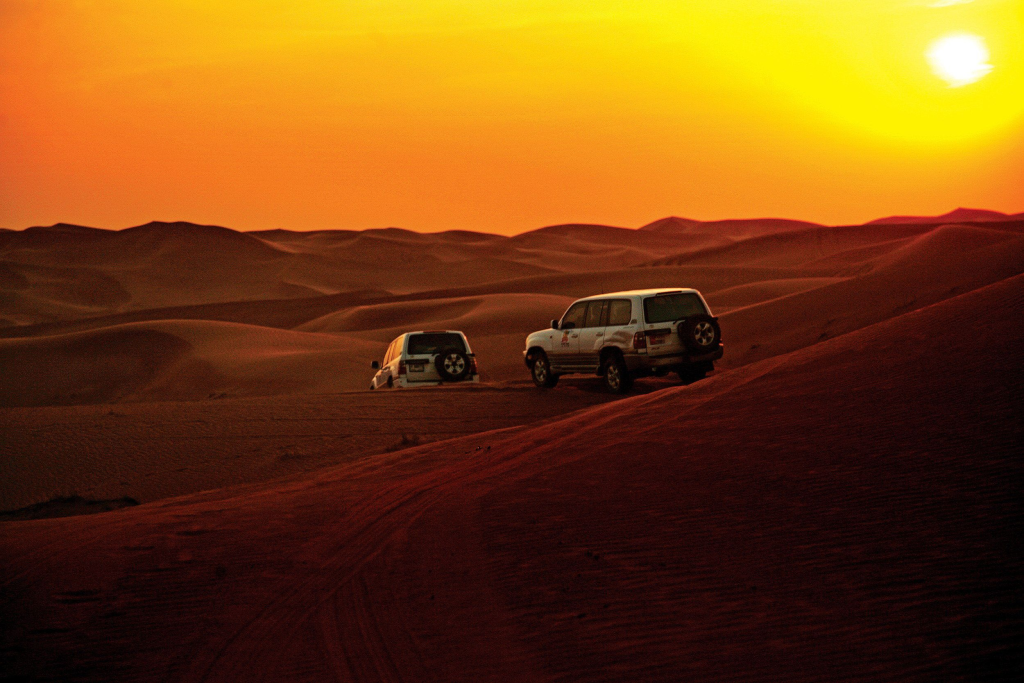
Dubai’s seven-star sailing hotel, the towering Burj Khalifa, and a lot of charming natural scenery, history and art museums attract millions of tourists from all over the world every year to come over for sightseeing. In the UAE, a self-drive tour is a good choice, and you can enjoy experiencing the magnificence of the desert, the long river, the poignancy of the rising moon in the sea, as well as the resilience of the Bedouin people and the aesthetically pleasing architecture of Islam. So, pack your bags and get ready to go, enjoy an unforgettable driving trip!
Car Rental Tips
Book in Advance
Generally, we recommend that you make your reservation one month in advance so that you could choose the desired vehicle and date.
If you proceed directly to the car rental store without a booking, it is likely that the car you need might be unavailable.
*If you are already a QEEQ diamond member, you only need 1$ to freeze your booking and make the rest of the payment before pick-up, which does not affect your credit card limit.
Required Documents
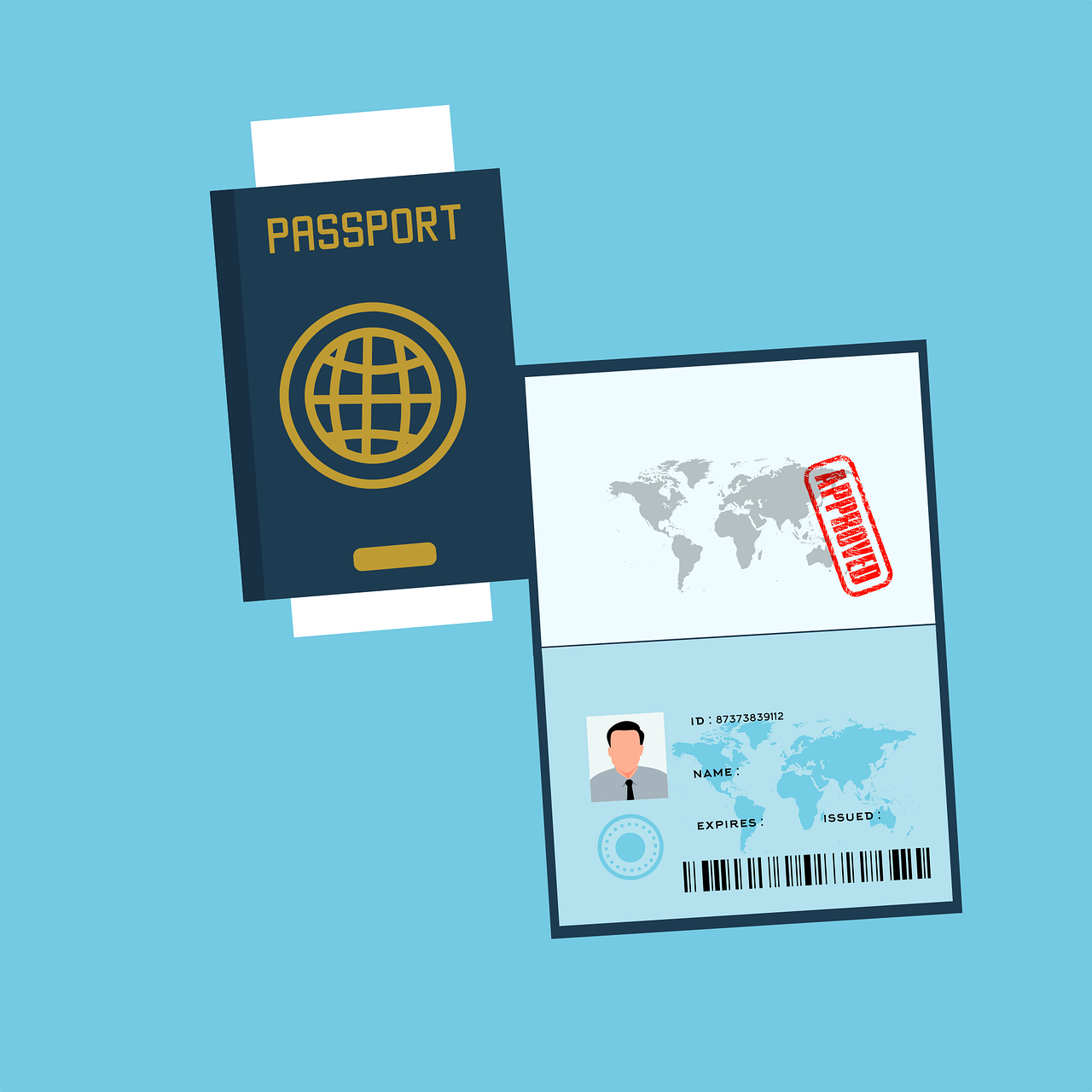
Passport, Driver’s License, IDP(Optimal), Credit Card
International Driving Permit (IDP) is highly recommended, which allows you to drive legally in countries that need one.
If it is inconvenient for you to apply an IDP, generate a free driver’s license translation on QEEQ.com (Japanese site only).
Car Choices
The choice of your car depend largely on the duration of your trip, passenger number, luggage amount and road conditions.
- City Driving for small groups (1-3 passengers)
If you are a couple, or travel with a friend or two, or if you travel alone, a reasonably priced small car would be a good choice.
Compact size cars have 4 to 5 seats. We recommend sparing one passenger capacity so you could relax and have more space.
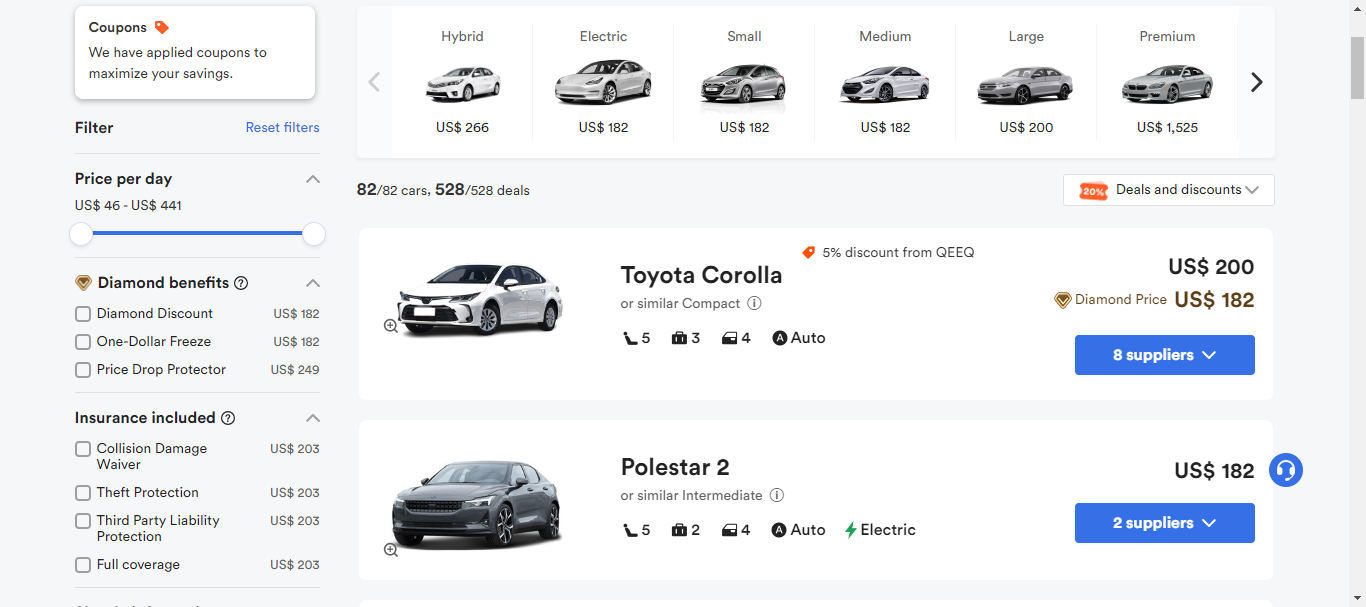
- 4 to 5 passengers including children and elderly
Medium and large size cars are recommended. These models could still possess a fair mount of space with 2 to 3 suitcases. SUVs are suitable for hybrid road conditions. Eco-friendly cars such as the Prius could save your spend on gasoline. Choose what you need giving you peace of mind on long trips.
- Traveling in a group of 6 or more
It would be a wonderful experience to choose a van for everyone to have his or her own seat. These models accommodate a passenger capacity from 7 to 12 people. While it is noticeable that large cars cannot make quick and sharp turns. So we recommend renting two small or medium-sized cars if you spend a lot of time driving through towns.
Online Booking Process

We are endeavoring to make your booking as convenient as possible. Enter our website QEEQ.com, log in, enter the required information, and follow the instructions, you are free to rent your desired car.
Insurance
What Insurances Are Available?
*For Autopilot Cars:
- Insured: Protection for the person renting the car, including passenger accident insurance and personal accident insurance (PAI). This includes the personal safety of the driver, passengers, and their personal belongings.
- Automobile Insurance: protection for the vehicle of the renter. Collision Damage Waiver (CDW) is one example.
- Third-party Insurance: insurance that protects third parties other than the renter and the car rental company. Basic Third Party Liability (BTL) insurance, etc.
International car rental booking will include the basic insurance required for car rentals: Vehicle Damage Coverage, Theft Protection, and Third Party Liability Insurance.
The deductible is the maximum amount of money you’re liable for in the event your rental car is damaged or stolen as long as you follow the conditions of your rental agreement. For example, the deductible is 1000 dollars, if the damage to the rented car is less than 1000 dollars, the customer pays; if the damage is more than 1000 dollars, the customer pays up to 1000 dollars; and the store’s insurance company pays for the part exceeding 1000 dollars.
Many travelers want more comprehensive coverage and purchase additional insurance. Personnel, vehicle and third-party coverage varies by insurance type. Here are some examples of common types of insurance (note: more checks means more coverage):
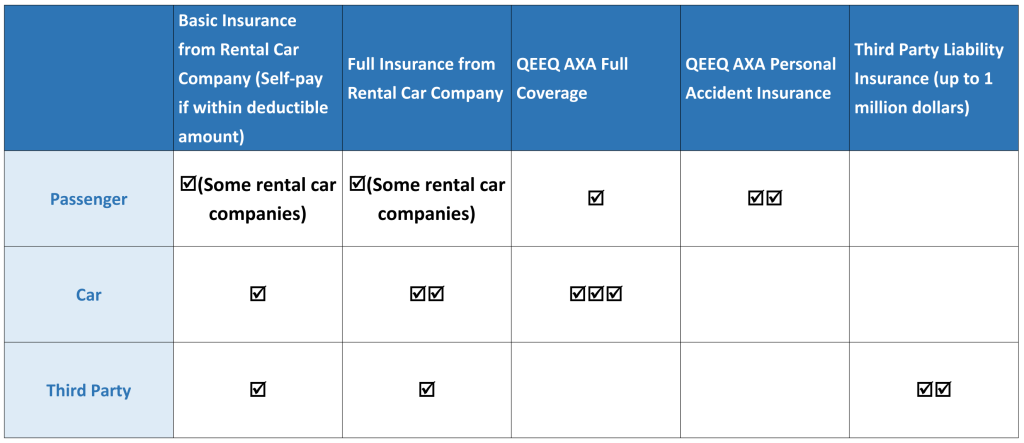
When and How to Purchase Insurance
There are two ways to obtain insurance: one is to purchase insurance when booking the car online; the other is to purchase insurance at the local store where the car is rented when picking up the car.
Generally, insurances provided by rental car companies usually has narrower coverage, higher premiums, so purchasing insurance online when booking the car is highly recommended.
How to Choose Insurance
If you are traveling with limited budget, it is better to choose the kind of insurance policy with the most comprehensive coverage. The main reasons are:
- Firstly, repairing fee for the car would probably be higher abroad.
- Secondly, in case of an accident, the medical cost and compensation are very high.
- Thirdly, the wider the coverage, the less the troubles you would deal with, which saves tons of time and energy.
Taking automobile insurance as an instance, comparing to common insurance policies, the most comprehensive insurance coverage, including glasses, tires, chassis protection, and considerations for special road conditions such as sand and rocks, is very necessary, but basic insurance of car rental companies usually does not include full coverage as such.
Picking Up the Car
Check Before Departure
Before proceeding to the car rental shop, make sure you have brought with you all necessary documents for picking up the vehicle, and two international credit cards is recommended to ensure that there is enough credit limit for pre-authorization.
Proceed to the Car Rentals
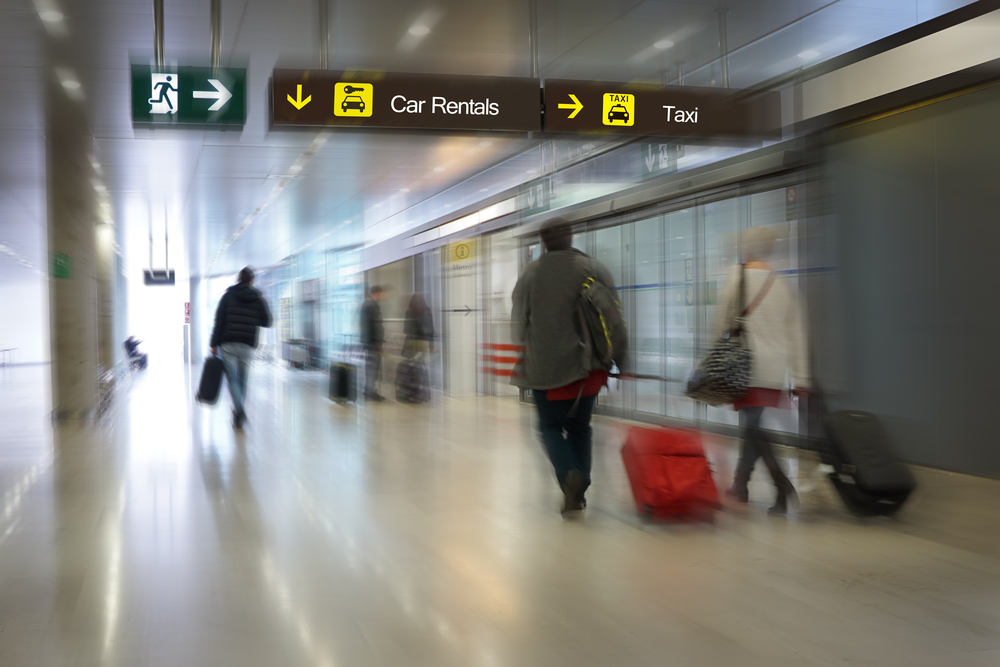
If there is a pickup store nearby, you could just walk there, following signs for airport rental cars.
If the rental car center is far away, there is usually a free shuttle bus bound for the rental car center. Shuttle buses run every 10 minutes approximately, so take the bus when you see the logo of your car rental company.
If the shuttle is not available, you can contact the car rental company and wait for staff member to pick you up at designated location. In case you have difficulty communicating with the store staff, please call QEEQ and we will assist you in English or other languages.
Inspect the Car

When you receive your reserved vehicle, inspect the bodywork for damage. At that time, it’s a good idea to document the entire process with your smartphone camera or take a picture of the dashboard. Because if you forgot to check the condition of your vehicle before departure, you may be charged for wronged damage repairs when you return it.
Payment
Payment is due on the day of the rental unless you are paying online or purchasing a tour package.
Insurance is usually included in the rental price, but some car rental companies offer paid options for more comprehensive coverage.
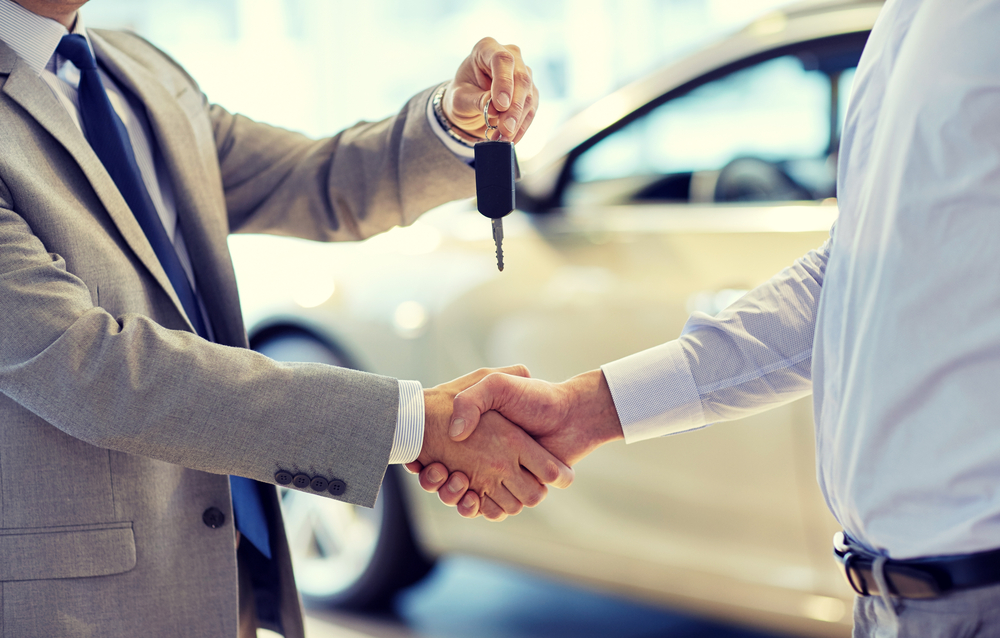
Last but not least, keep all contracts and documents safe for possible further usage. Once you have received your keys, check the seat heights, mirror positions, secure child seats, and then you are ready to go!
Traffic Rules and Signs
Driving on the Right
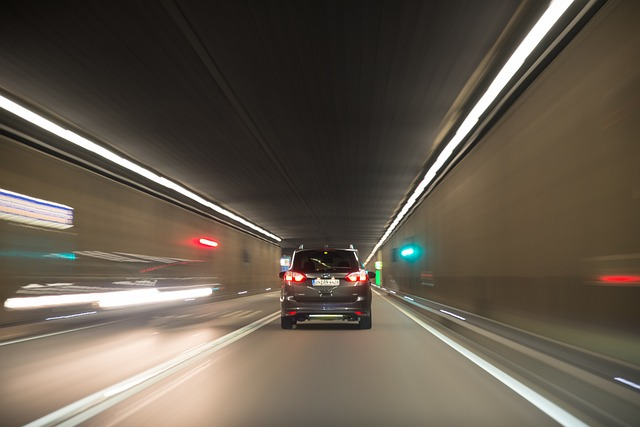
In the UAE, vehicles drive on the right side of the road, and are equipped with a left hand steering wheel. Please pay attention and spend some time to adjust if your country differs from that.
Pedestrian Priority
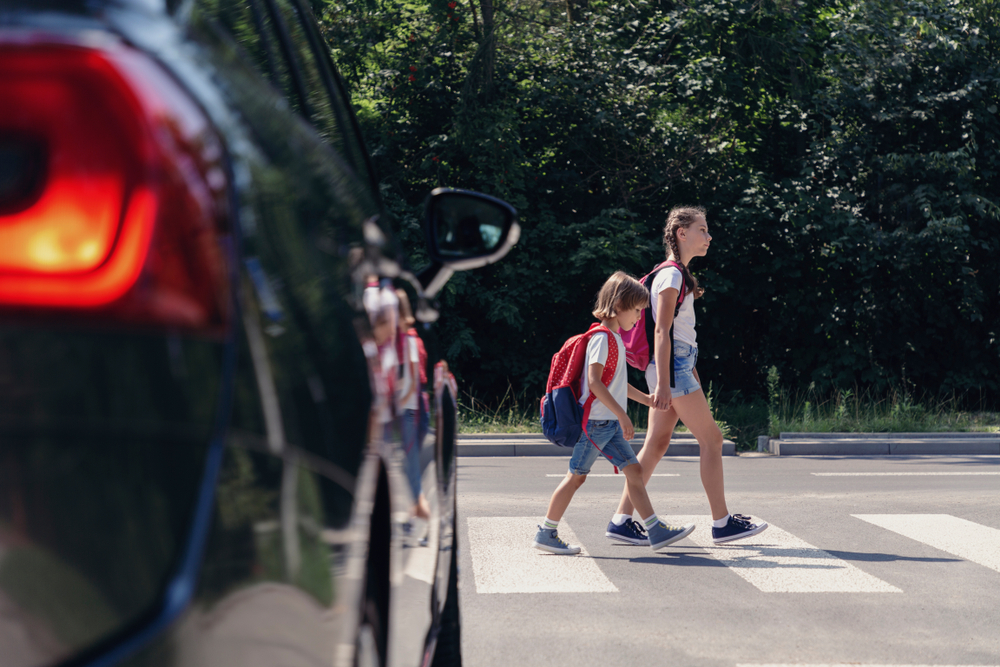
Pedestrians have absolute priority. Vehicles must yield to pedestrians.
Safety Belt and Child Seat
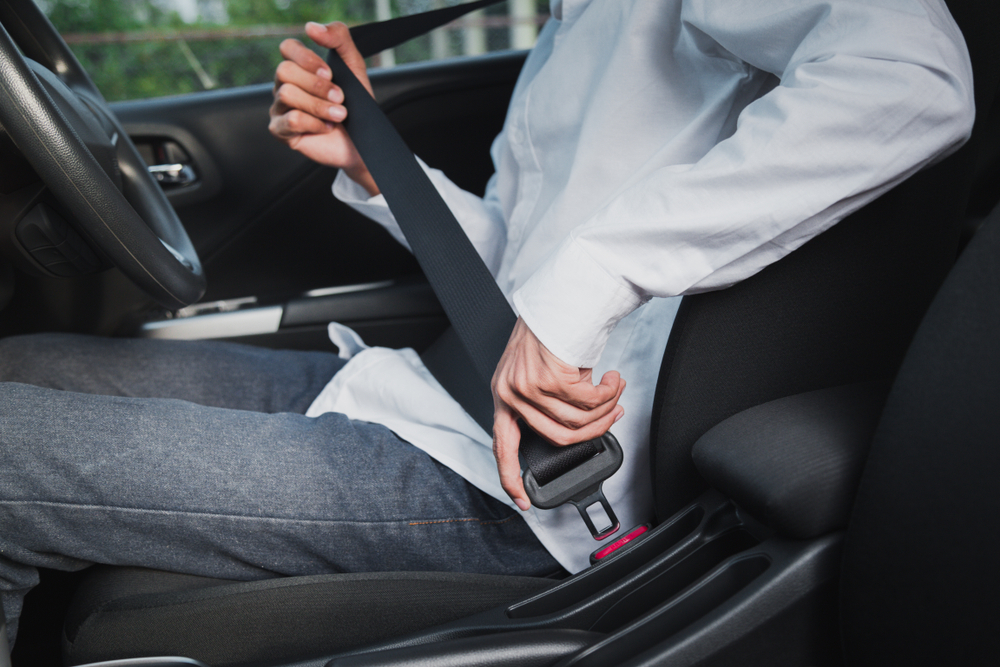
Seat belts must be worn by the driver and passengers (including) in the rear. Children under the age of 10 must use child seat.
Right of Way
The right of way is very important when driving in UAE. Sometimes there are no signs to remind you of that. The vehicle with the right of way may drive pretty fast and would not yield, so keep the rules in mind and avoid in time in case of an accident. Remember, vehicles coming from the right always have priority.
Stop Sign
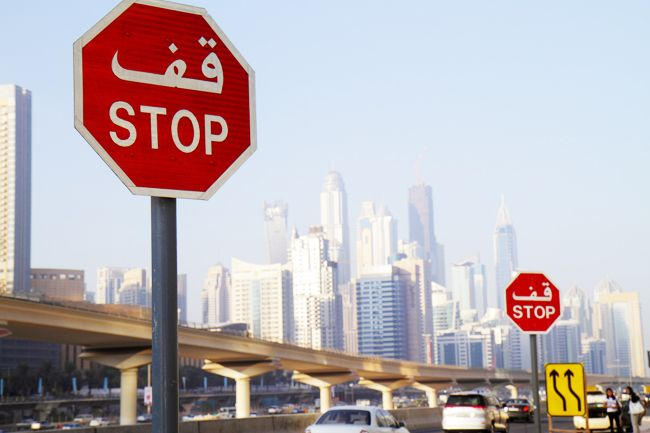
The STOP sign in the UAE is like a red light, and all vehicles are required to stop at this sign, even if there are no vehicles or pedestrians in the vicinity, and must stop for three seconds to observe pedestrians and vehicles at the intersection before passing.
Yield
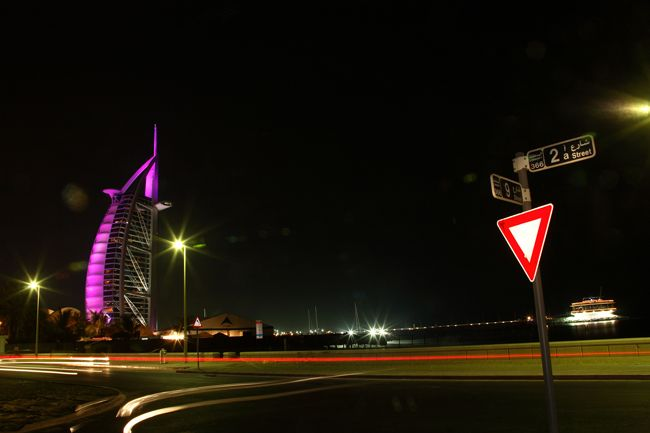
The Yield sign indicates that vehicles traveling to the sign shall slow down and be ready to stop, give priority to other vehicles and pedestrians, and ensure safety before passing.When there are pedestrians in front of you, you must come to a complete stop.
Roundabout
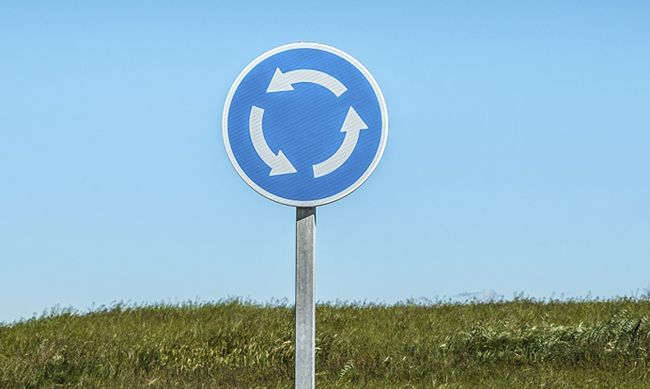
There are many traffic circles in the UAE. If there is a vehicle inside the traffic circle, it must stop to allow them to go first. Also vehicles coming from the left have the right of way to enter the traffic circle.
Speed Limit
The speed limit in the UAE is about 60km/h to 80km/h for urban areas; 40km/h for residential areas, and 100km/h to 120km/h for motorways.
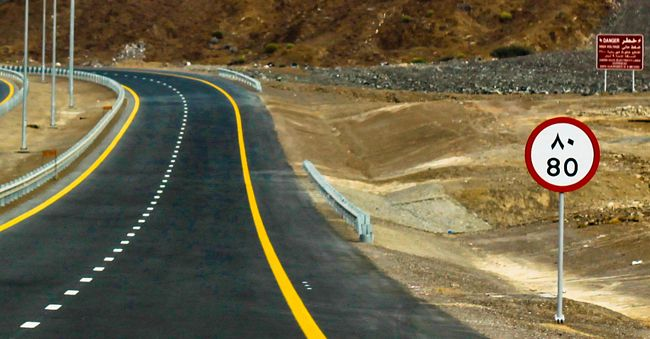
Speeding fines are high. The same road might have different speed limits, so always keep an eye on the speed limit signs on the side of the road!
Other Common Road Signs
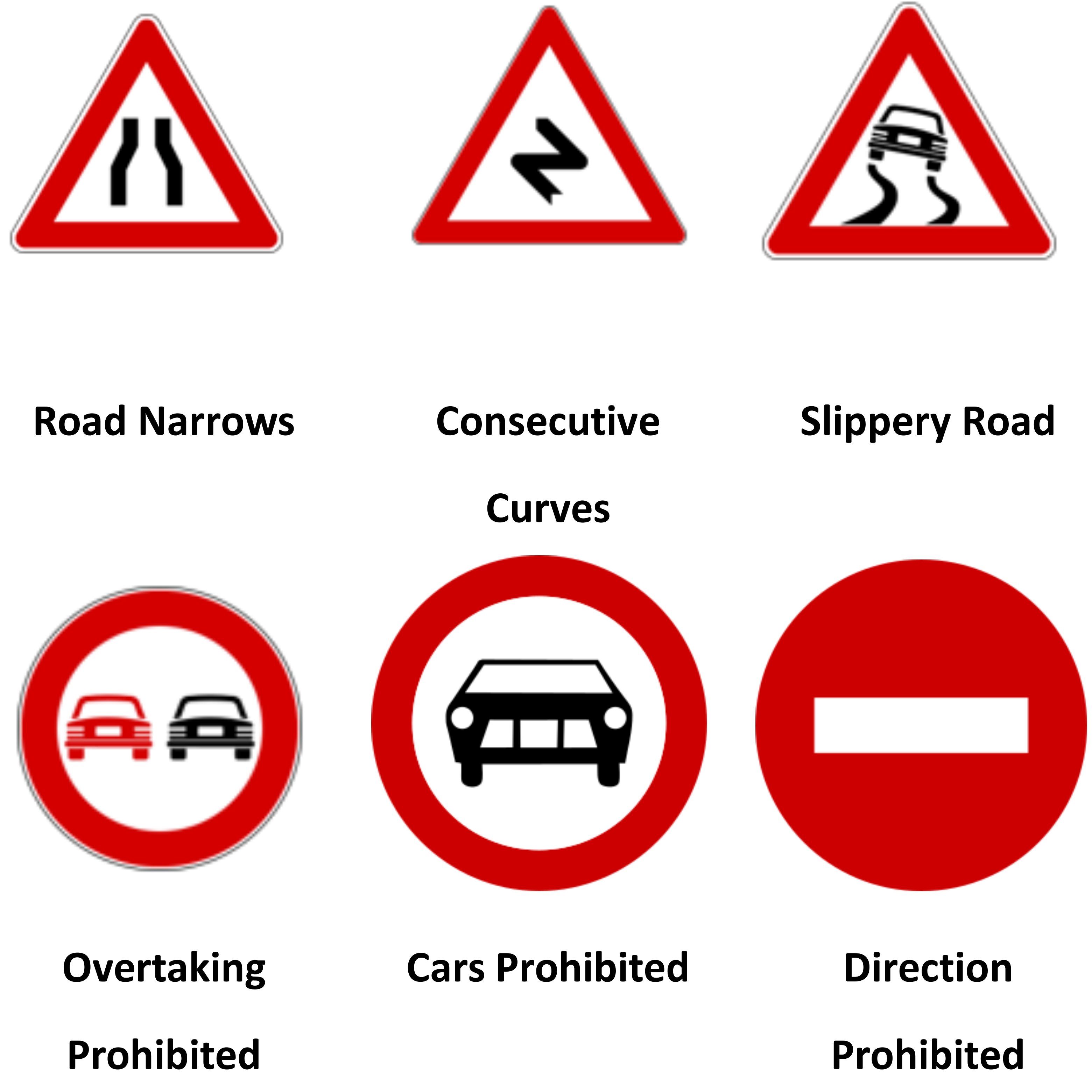
For more traffic signs with their meaning in the UAE, you can visit this website:
Traffic Signs in UAE with Meanings – DriveeUAE
Highways and Road Conditions
Road Conditions
- A high quality road transportation system runs throughout the UAE. The roads are very spacious, six lanes and eight lanes are common, and traffic signs are uniform, clear and easy to understand.
- In Dubai, traffic jams are serious during peak hours, especially in Deira, the old city, because of the narrow roads. We recommend you to avoid driving in the old city from 8:00 to 9:00 in the morning, and from 16:30 to 19:30 in the evening (on Fridays, there will be traffic jams until 20:30).
Highways and Tolls
Toll booths at Garhoud Bridge and Zayed Road, with most of the highways free.
In Dubai, the electronic toll system is called Salik, and all cars on the road must purchase a Salik card to be attached to the windshield and recharged, with a fee of 4 dirham for each pass.
Rental car companies would provide you a Salik card, they will settle the fee when you return the car. When renting a car in the UAE, please check if the Salik charge card is equipped inside the car, if not, you can tell the rental car company to get one for you.
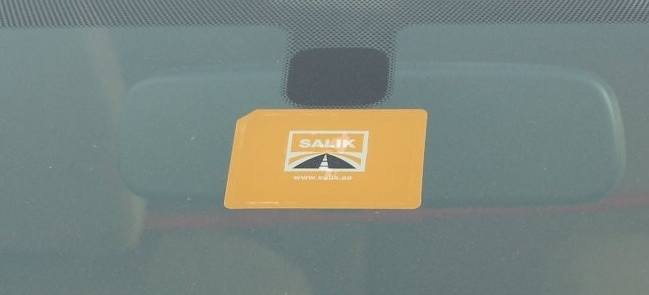
Refueling
Gas Stations
The UAE is one of the richest countries in the world in terms of oil, and fuel prices are cheaper than a lot of other countries. Gas stations usually have three types of gasoline, “e-plus” equivalent to 91, “Special” equivalent to 95, and “Super” equivalent to 98.
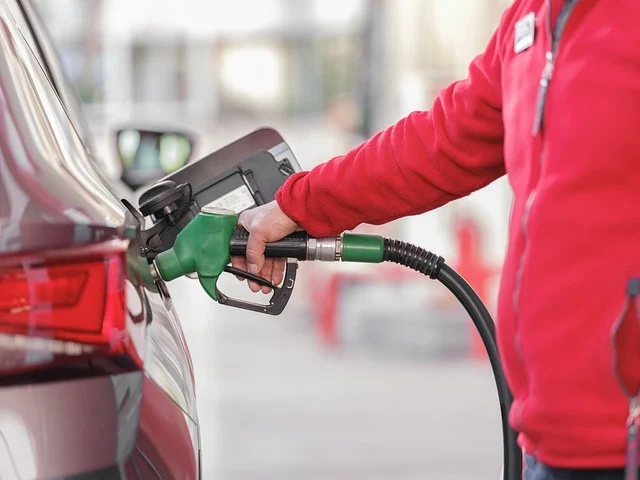
If you are not sure which type of gas to add to your car, you could consult the staff in the gas station or check the manual of the car.
If you added the wrong oil, do not start the car hastely. Contact the rental car company to clean the circuit system and examine the engine.
Refueling Steps
Both self-service and manual service are available in the UAE gas stations.
- Self-service refueling: no staff, all self-service from refueling to payment, only accepts credit card. Insert your credit card, enter your PIN and start refueling. After refueling print the bill and remove the card. Some gas stations have stores you can visit to pay by cash or credit card.
- Manual refueling: there are special staff services, cash or credit card payment available.
Parking
Where can you park?
- Public Parking Lot
Shopping centers, supermarkets and scenic spots usually have large parking lots. In Dubai almost all the tourists attractions have parking lots, and most of them are free. The vast majority of mall parking stations in Dubai are generally free of charge from Monday to Friday for the first 4 hours, more than four hours per hour 4 dirhams, Saturday and Sunday all day free!
- Roadside Parking
Pay attention to the metering signs on the roadside. “Paid Parking Zone” indicates a charged parking space. There will be a metering machine right beside the parking space. You can pay at the machine and print the bill, then stick it on the windshield.
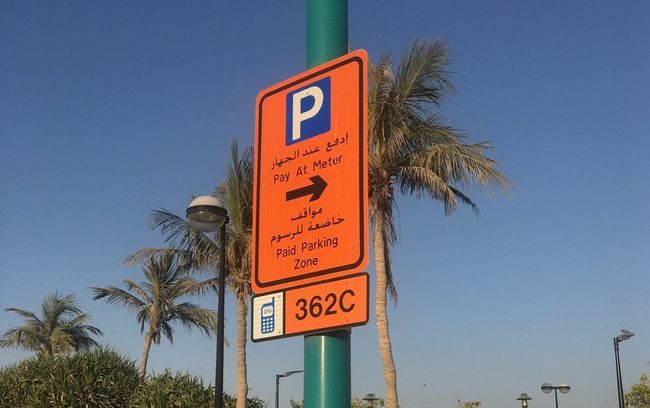
Parking Restricted Areas
- You cannot park at the spaces for the disabled, building entrances and exits, by the fire hydrant and beside a bus station, as the picture below shows.
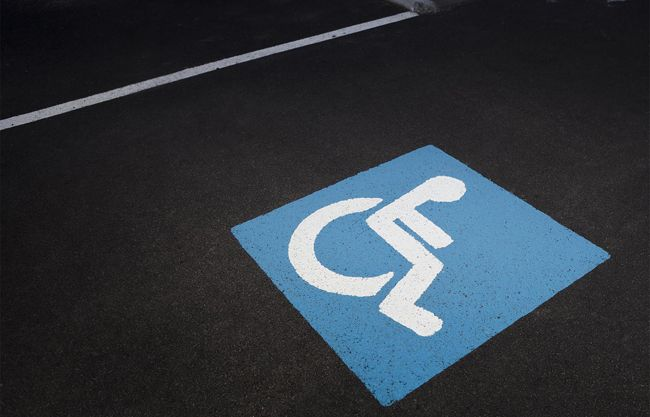
- You cannot park at spaces where there is a no-parking sign.
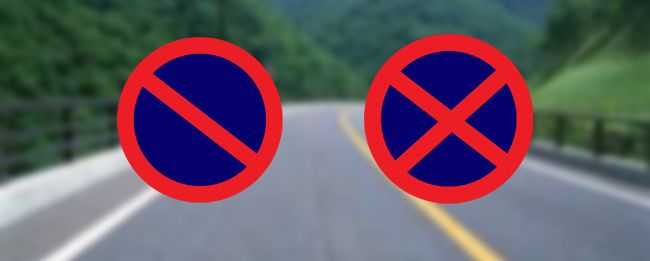
Payment Steps
- For Public Parking Lots:
Pay before parking: Park your car—Go to the payment machine—Choose the time period—Make your payment—Print the bill—Stick the bill on the windshield
Pay After Parking: Recieve a bill at the entrance—Park and leave—Pay when you return
- For Roadside Parking:
Self-service payment steps: Park—choose the time period at the metering machine—Pay—Print the bill—Put the bill on the windshield
Accident Handling
If you are involved in a traffic accident, do not panic. Check whether the passengers are injured, help yourself and seek help from passersby. Emergency contacts are available at any time.
- Police: 999
- Fire: 997
- Ambulance: 998
- This website provides access to multiple embassies of each country in the UAE: https://www.embassypages.com/uae
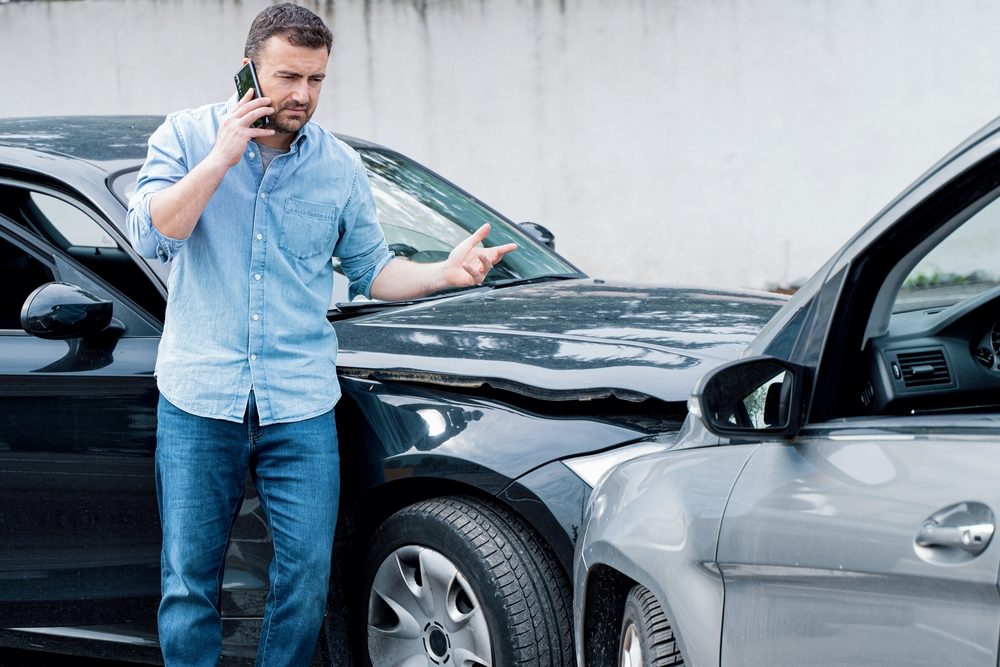
Scratch
Ensure the safety of personnel→ Move the vehicle to the side of the road without obstructing the traffic→ Call 999→Take photos or videos of the condition of the vehicle →Register the accident by police and keep a proper record of the accident→ Contact the rental car company and insurance company.
Theft
Call 999 → Police take notes → Insurance report → Verify information → Payment
Malfunction
Call the rental car company → They will send someone nearby to tow your car or change a tire.
If the rental car company is unable to help you, contact a towing service with the help of the police. Car repairs are very expensive sometimes, so it is important to have insurance.
Roadside Assistance
When renting a car and driving in the UAE, if a traffic accident occurs, in addition to calling 999, you can also contact the following emergency contact numbers:
- Roadside Assistance Number in the UAE:
AAA(Arabian Automobile Association): 600 508 181
IMC(International Motoring Club): 600 575751
Quick Fit: (04) 665 1556
TRAC: +971 8004565
- You can also contact your car rental company:
AVIS: 1-800-352-7900
SIXT: 1 (888) 749 8227
Budget: 800-218-7992
Thrifty: 1-800-283-0898
Hertz: 1-800-654-5060
ACE: (877) 822-3872
Dollar: 800-235-9393
Yesaway: 1 424-800-4990
Returning the Rental Car
To return the car, just drive back to the rental car company, but pay attention to the following things:
Refuel Before Returning
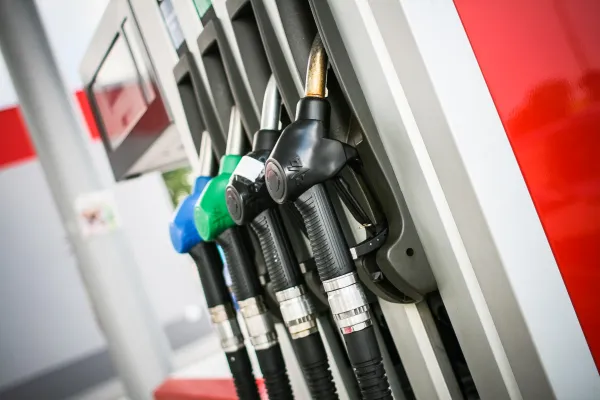
Usually, the basic rule for returning a car is to refuel the gas before returning it to the rental car company.
Even if the time is up, and there may not be a convenient gas station, it’s okay to drive for a while (about 5 kilometers or so) after refueling.
If you tried to return the car after the due time without refueling, or if you drove an excessive long distance after refueling, we will calculate the remaining time and charge you an additional fee.
Inspect the Car
When you arrive, we will have a representative inspect your vehicle for damage. If it had any damage, additional payment would be made.
Reconcile the Fee
When you return the car, the staff will check and record the vehicle and print the settlement list on site. Please check the list carefully, and if you have any unknown charges, you can raise them in person or call customer service to solve the problem.
Keep the Contract and Document
After returning the car, it is recommended to keep the contract and receipts in a safe place in case of needs.
Help after Trip
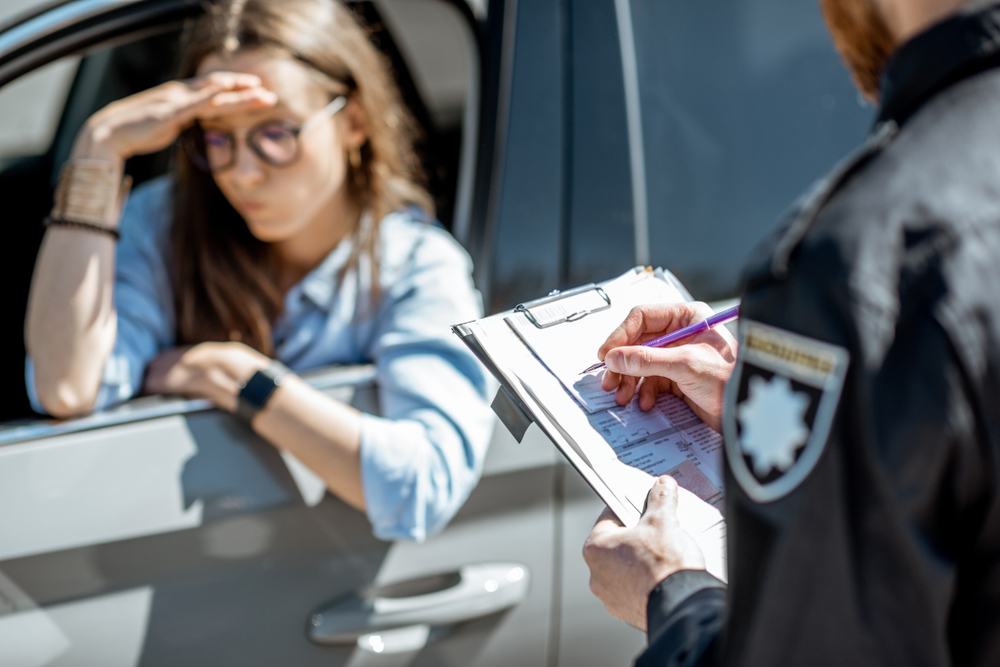
Traffic Citation
- How to Pay Fine Ticket:
There are two main methods to pay a fine: ATM transfer or manual payment.
We recommend you to pay the fine as soon as possible, otherwise you may have to pay a late fee. If you can’t deal with it right away, tell the car rental company when you return the car, and you can let the company charge your credit card directly, but it usually requires a service fee.
Insurance Claim
If you bought a full coverage insurance, you would receive a fast claim settlement. The following documents should be prepared:
- Passport
- Driver’s License
- Credit Card Checkback History
- The Car Rental Contract
- Car Damage Deduction Bill
For more detailed information, check the terms and conditions of insurance company:
https://www.qeeq.com/term?info=axa_policy&browser_open=1
Unknown Charges after Trip
If you received an unexpected deduction when you return to your home country, it might be that your violation fee is paid by the car rental company, but usually the deduction amount will be more expensive than the violation fee because that includes the management fee charged by the car rental company. If you don’t know what the violation was, you can contact our customer service for help.
Penalties of traffic offences in the UAE are expensive. Here are some common offences and the corresponding penalties:
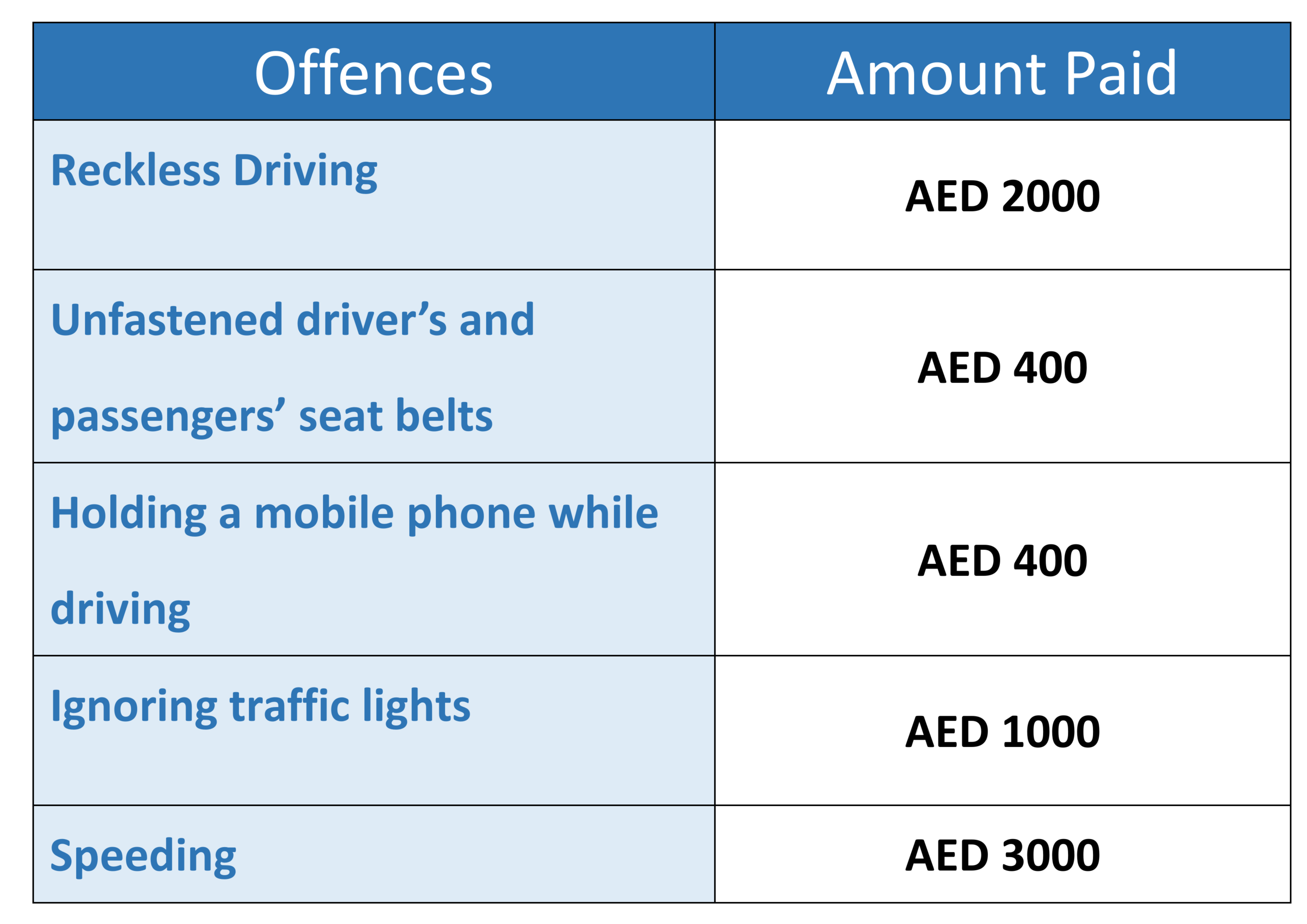
For more specific and detailed traffic laws in the UAE, please visit this website:
Road safety | The Official Portal of the UAE Government
Classic Routes
Dubai
- The Jumeirah Coastal Drive
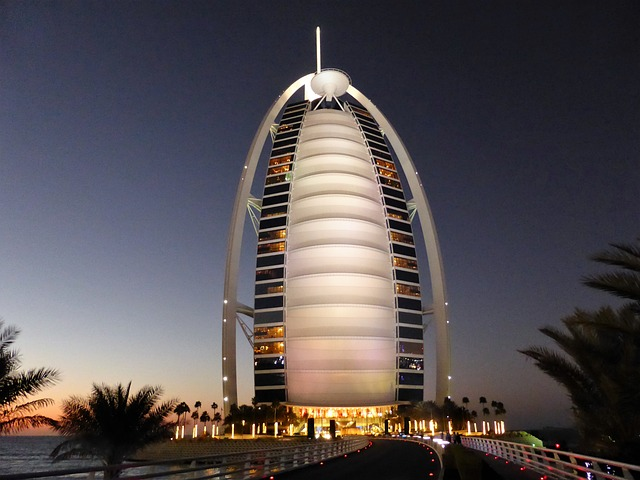
The Jumeirah coastal drive in Dubai spans 43.9 kilometers and takes approximately 1.5 hours. Starting at Umm Suqeim’s Burj Al Arab, the route passes iconic landmarks such as Madinat Jumeirah, The Pointe, and Atlantis on Palm Jumeirah. Begin by admiring the Burj Al Arab, then explore shopping and dining at Madinat Jumeirah. Drive along Crescent Road, a remarkable arc encircling Palm Jumeirah, and enjoy luxury beachfront views. Stop for lunch at The Pointe, known for its vibrant atmosphere and the world’s largest fountain. Continue through the undersea tunnel to Atlantis, capturing photos along the Palm Jumeirah Boardwalk. Conclude at Jumeirah Beach Residences’ The Walk, a hotspot for luxury cars and outdoor dining, offering a perfect blend of scenic views and urban excitement.
- The Sheikh Zayed Road
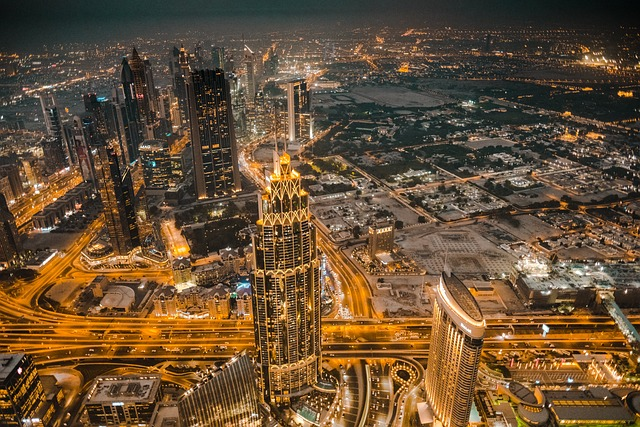
The Sheikh Zayed Road skyscraper drive spans 35 kilometers and takes about 50 minutes, starting at the Dubai World Trade Centre and ending at Dubai Marina’s Pier 7. This route showcases Dubai’s impressive skyline, featuring iconic skyscrapers like the Emirates Towers and the Burj Khalifa. Begin at the bustling Trade Centre area, surrounded by towering hotels such as Fairmont Dubai and Shangri-La. Take a detour on Sheikh Mohammed bin Rashid Boulevard for a closer view of the Burj Khalifa, the world’s tallest building. Continue south on Sheikh Zayed Road, crossing the Dubai Water Canal and passing the Mall of the Emirates, before reaching the Dubai Marina. Conclude your journey at Pier 7, a unique seven-story dining destination offering diverse global cuisines, perfect for a memorable end to your skyscraper tour.
- The Highway to Hatta
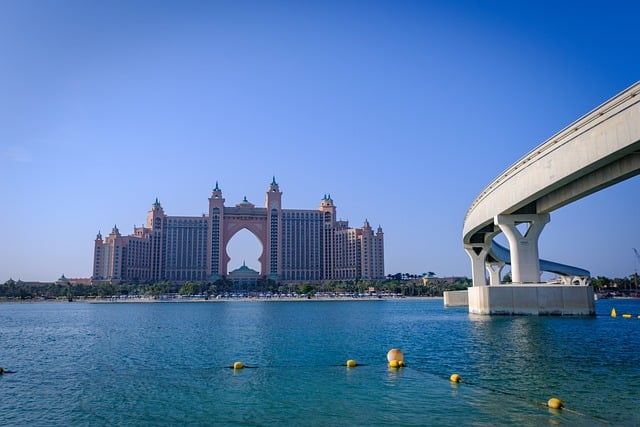
The highway to Hatta covers 140 kilometers and takes about 1.5 hours, starting from Meydan in Nad Al Sheba and ending at Hatta Wadi Hub. The journey begins at the iconic Meydan Bridge, featured in “Mission: Impossible – Ghost Protocol,” and continues along Du bai-Al-Ain Road. Travelers pass the lush Nad Al Sheba Palace and transition from greenery to golden sand dunes on Emirates Road. The route offers a serene desert drive through Sharjah, Ras Al Khaimah, and Ajman, culminating at the stunning Hatta Dam in the Hajar Mountains. At Hatta Wadi Hub, visitors can enjoy activities like axe throwing and archery, or opt for an overnight stay at the Hatta Sedr Trailer Resort, experiencing luxury camping amidst breathtaking landscapes.
- Desert Drive through the Dunes
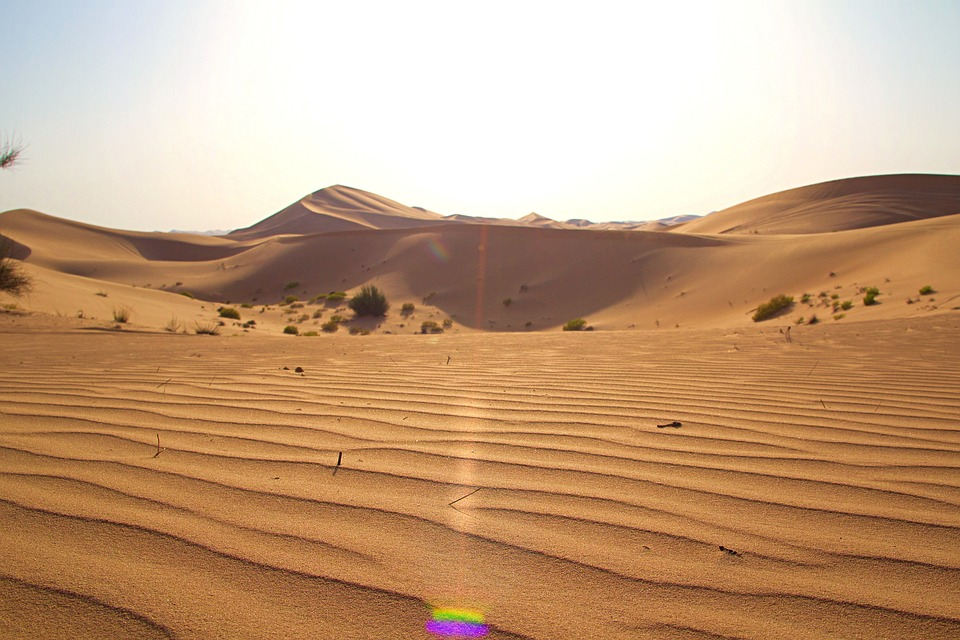
The desert drive from Dubai Autodrome in Motor City to Bab Al Shams Desert Resort & Spa covers 49 kilometers and takes about 50 minutes. Starting at the Dubai Autodrome, a hub for car enthusiasts, the route heads east along Al Qudra Road into the tranquil desert. You’ll pass the Al Qudra Cycle Track, renowned for its scenic 100-kilometer cycling paths frequented by Arabian oryx and camels. After a stop at Al Qudra Lakes to observe local wildlife, including numerous bird species, continue to the luxurious Bab Al Shams Desert Resort & Spa. This hidden gem nestled in the Dubai dunes offers a perfect retreat for relaxation amidst the serene desert landscape.
Abu Dhabi
- The 14-Day UAE Magic: A Road Trip in Abu Dhabi
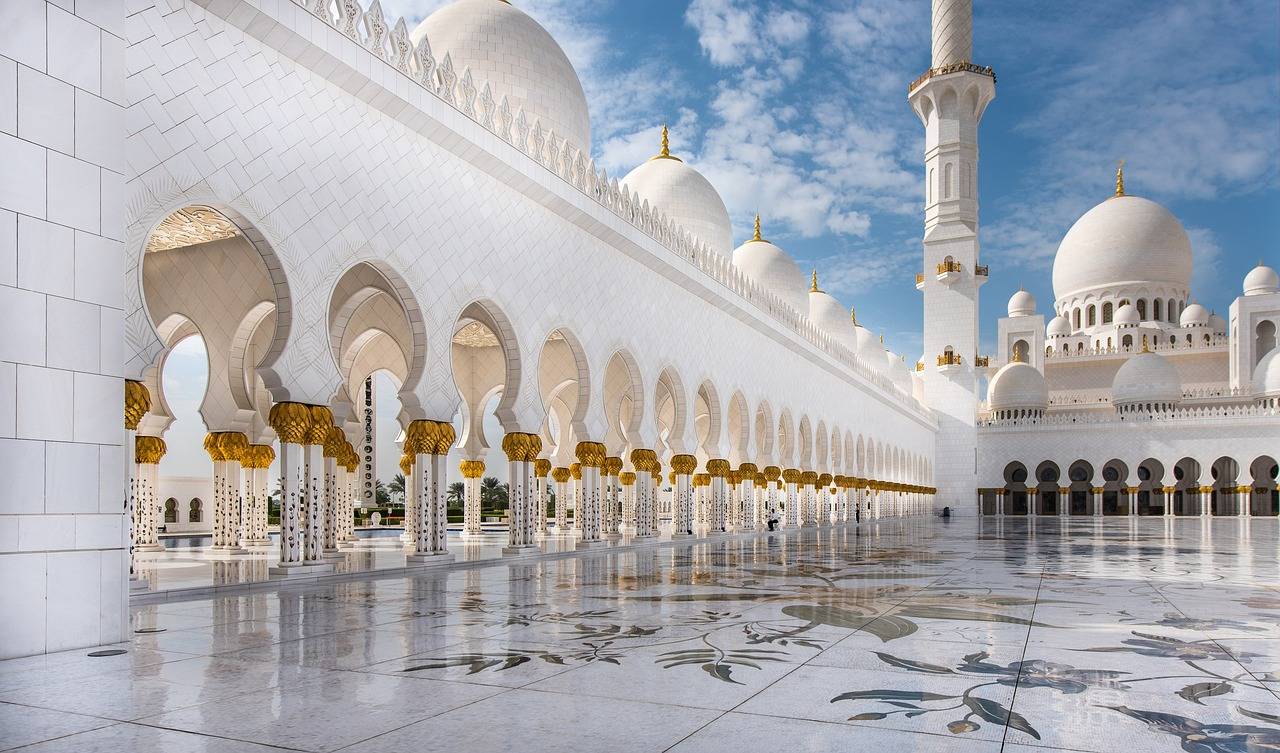
The 14-day UAE road trip covers approximately 1,160 kilometers, starting and ending in Abu Dhabi. Days 1-2 explore Abu Dhabi’s landmarks like the Sheikh Zayed Grand Mosque. Days 3-4 take you 160 km to Al Ain, known as the “Garden City,” with its oases and Jebel Hafeet. Days 5-6 cover 250 km to Liwa Oasis in the Empty Quarter for desert adventures. Days 7-8 involve a 350 km drive to Dubai, showcasing its skyscrapers and cultural sites. Day 9 is a short 40 km trip to Sharjah, the cultural heart of the UAE. Days 10-11 cover 110 km to Ras Al Khaimah for mountain landscapes. Days 12-13 involve a 100 km journey to Fujairah, offering natural wonders. Day 14 concludes with a return to Abu Dhabi, completing the circle. This itinerary blends urban exploration, cultural immersion, and natural beauty across the UAE.
Sharjah
- All Day 4X4 Off-Road Excursion
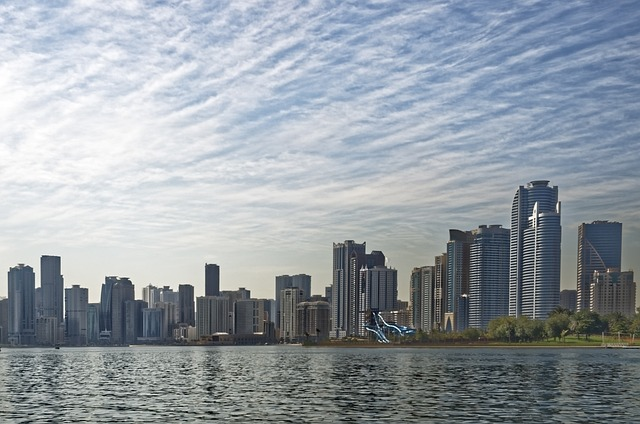
The all-day 4×4 off-road excursion in Sharjah offers an adventurous journey through the emirate’s diverse landscapes. This itinerary takes you through the rugged terrains and scenic vistas of Sharjah, providing an exhilarating experience for off-road enthusiasts. The route includes exploring the Mleiha Archaeological Centre, where you can discover ancient fossils and archaeological sites. You’ll also traverse the stunning dunes and rocky outcrops of the desert, offering breathtaking views and photo opportunities. This excursion is perfect for those seeking a thrilling adventure while exploring the natural beauty and historical richness of Sharjah.
Useful Websites and Numbers
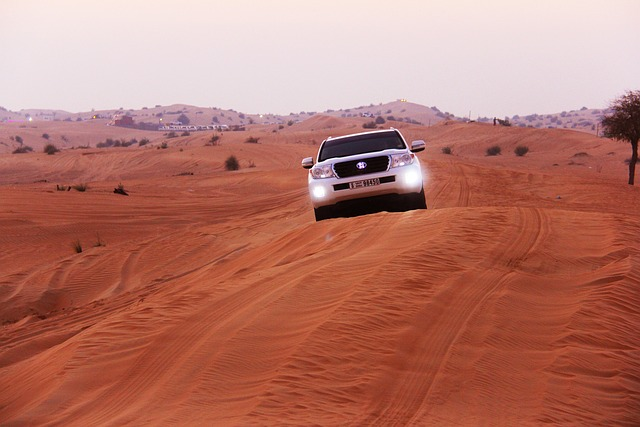
- Emergency Contacts in the UAE:
999 for Police
998 for Ambulance
997 for Fire Department (Civil Defence)
996 for Coast Guards
995 for Find and Rescue
- Official Tourism Websites:
Sharjah: https://www.visitsharjah.com/en/
Abu Dhabi: https://visitabudhabi.ae/en
Dubai: https://www.visitdubai.com/en
- Roadside Assistance:
AAA(Arabian Automobile Association): 600 508 181
IMC(International Motoring Club): 600 575751
Quick Fit: (04) 665 1556
TRAC: +971 8004565
- This website provides access to multiple embassies of each country in the UAE: https://www.embassypages.com/uae